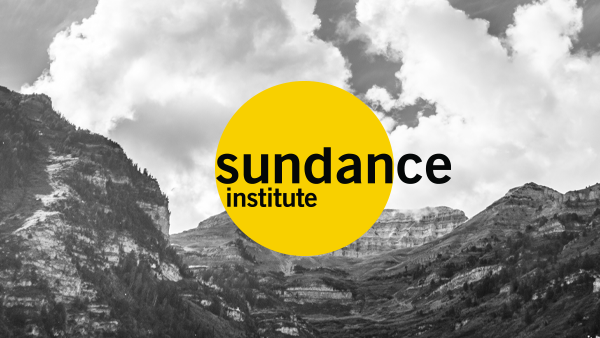Peter Bratt
In the language of the Anishinabek people of the Great Lakes area of the United States, diba jimooyung means “telling our story.”
It’s also the name of a beautiful exhibit that the Film Forward crew got to visit during our time here on the Saginaw Chippewa reservation in Michigan. Blending artifacts, oral tradition, computer technology, film, and hands-on interaction, the exhibit allows you to “experience” the story of the Anishinabek people and their ongoing struggle to hold onto to their land, language, and life ways.
To be honest, there were parts of the exhibit that were painful to be reminded of, and at one point I was so overwhelmed with anger and grief that I had to step back from the group in order to pull it together. No doubt the relatives who designed the exhibit anticipated this kind of reaction, which is why there’s a designated “healing” area in the exhibit where you can do just that before exiting.
Our Native host explained how the U.S. government—after a failed Indian termination effort—had in the late 1800s legislated forced assimilation. Indian children were taken from their homes and families, put in boarding schools, forced to speak English, and were beaten if they didn’t. The official policy was “kill the Indian, save the man” — a policy designed to annihilate the culture and history of an entire people.
For the Anishinabek, like so many other indigenous tribes and communities, “telling our story” and ensuring that it continues is a matter of life and death. With this in my mind, it is both a cause for celebration as well as a revolutionary act.
I’m just grateful I got to be a witness.
My thanks to the relatives of the Saginaw Chippewa reservation and the Sundance Institute brothers and sisters who made this such an unforgettable trip. Love you all.
Til soon, power to the people!




